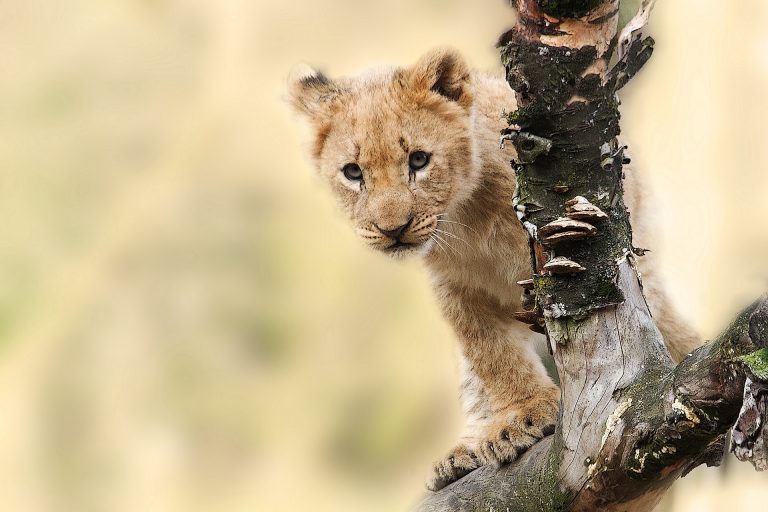Tanzania Travel
Tanzania – Africa’s wild East
Tanzania is by far one of the best safari destinations in Africa. With Mt. Kilimanjaro, the highest mountain in Africa is in Tanzania. The Serengeti National Park as well as the Ngorongoro Crater are world famous to see the “Big Five”. Furthermore, Tanzania attracts with one of the most spectacular natural spectacles in the world: the great “migration”! Here millions of wildebeest and zebra migrate annually, following the rainy season between the Serengeti and the Masai Mara in Kenya.
Tanzania also offers offshore islands such as Zanzibar, Pemba and Mafia which allow a perfect beach stay after the safari.
Your luxury trip to Tanzania
Tanzania Travel Info
- The Serengeti National Park is by far the most wildlife-rich park in all of Africa.
- With a diameter of almost 20 kilometers, the Ngorongoro Crater today offers a variety of wildlife, including lions, leopards, elephants, buffalo and flamingos.
- Kilimanjaro in Tanzania is considered Africa’s highest mountain. At an altitude between 2,000 and almost 6,000 meters, you can expect one or the other adventure.
- Far away from the major sites lies the Tarangire National Park with its large elephant herds. This multifaceted park invites you to an adventure of a special kind..
- After your safari, treat yourself to a swim on the beautiful island of Zanzibar.
Climate and travel time Tanzania
Tanzania and Zanzibar have a tropical climate with daytime temperature between 20 and 30 ° C. Tanzania is an all-year-round travel destination.
From January to March is the dry season in Tanzania. The grasses are turning yellow, while the low water level of the rivers means that hippos are much more commonly seen. In March, when the plains are driest, pregnant animals calve and the hungry predators circle with full intent. Towards the end of the month, the clouds begin to thicken until the sky turns black and spectacular storms appear on the horizon.
In April and May, the dry season is replaced by the rainy season. With the rains, the greenery explodes, and the grasses shoot up and come to life. You can see calves joining the herds on the plains, while the big cats are never far away.
From June to October there is a long dry season.
In June and July, dry weather returns to Tanzania. The air is then completely free of dust, making this one of the best times to take perfect photos. Food and water are abundant for both predators and prey. The great migration moves north to the Masai Mara in Kenya.
At the end of October, the animal herds return south to the Serengeti.
In November and December is a short rainy season. Heavy showers can fall in a short period of time. Most travelers do not find this rainy season unpleasant, as everything seems to awaken after the long dry season.
Travel info Tanzania
To enter Tanzania, you will need a valid, machine-readable passport that is valid for at least six months after your return date and has 2 blank pages.
Visas are best applied for in advance through an official online visa application portal. Currently, visas on arrival are still issued alongside the online application process, but this is to be phased out, so check before choosing this route.
Malaria occurs throughout the country. Please contact your family doctor regarding malaria prophylaxis when planning your trip to Tanzania.
The currency in Tanzania is the Tanzania Shilling (TZS). You can pay everywhere with American dollars (USD), which is recommended. Credit card payments are accepted at most lodges.
Banks and exchange offices often only accept US dollars when exchanging money, the Euro has obviously not yet become widely accepted.
Since small airplanes have only limited space in the cargo hold, a maximum weight of 20kg including hand luggage is allowed. The luggage must also be in soft travel bags. Hard-sided suitcases are not allowed.
